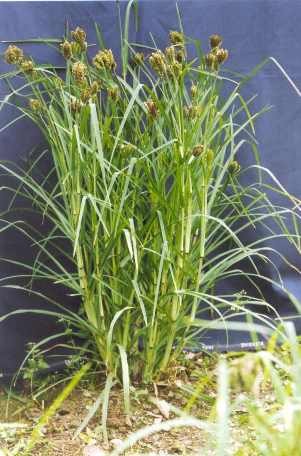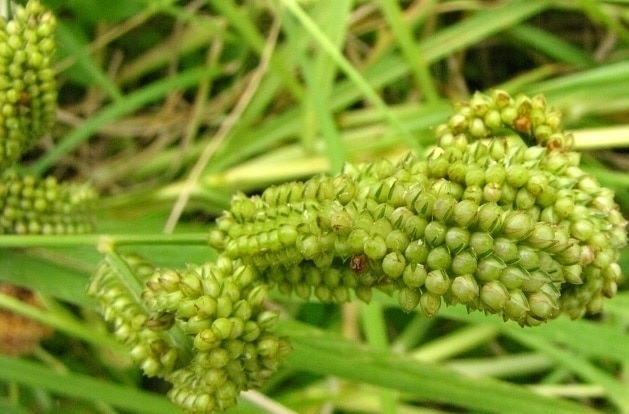Lots of discussion is going on about combining coarse grains in our food. The United Nations has decided to celebrate the year 2023 on international levels the year of course grains. It was initiated by the Prime Minister of India Mr. Narendra Modi.
Ayurveda has already deeply thought about the importance of coarse grains. A detailed description of coarse grains is there in Ayurveda as “Shook Dhanya”.

We should know about grains for our health according to their nature. We should also know about gains that are harmful to our health.
According to the modern diet science, it is important to know the nutrient content of grains. We should know about the quantity of vitamins, proteins, fats, and minerals contained in these grains.
If we think according to Ayurveda, we have to know about the properties of grains. We have to know about which grain produces cold effects in our bodies, and which grain produces warm effects, which grain produces strength and which grain produces energy, which grain causes obesity. All types of grains help in the process of rejuvenation and capacity building.

Coarse grains are generally called as strength providers. It means these grains contain most of the nutrients essential for our bodies.
Our bodies require balanced and healthful diet. Coarse grains play their important roles in it. So, Ayurveda has combined these grains in our food.
Today, our food comprises Chapatis of wheat, rice and vegetables. Maize, ragi, jwar and Bajra have gone to a negligible position now a days. Proper knowledge of these grains and combination of these grains in our food is necessary. Wheat makes our bodies cool while barley makes it warm and rough. It does not allow our body to become fat. It does not permit cough and cold to attack our bodies.

Rice, according to Ayurveda is sweet and cold. It is considered as “Vat Vardhak”. Its consumption in winter is harmful. Bajra is warm and rough. It is beneficial in winter.
Many different types of food items are prepared from wheat and rice. At the same time many food items are prepared from bajra, maize and jowar also. These are used as good alternative in many diseases like diabetes, obesity, joint diseases and digestive disorders.
Due to the war of Russia and Ukraine many countries fell into the crisis of food grains especially wheat. If there were coarse grains the supply of wheat might had been substituted. If we grow coarse grains, we can be able to remain in a better position to supply alternative food grains.
A survey conducted about a decade ago, less than 10 percent people eat coarse grains. These grains produce warmth. Thus, these protect us from cold. These grains are called as power house of nutrition.
In April 2018, the Ministry of Agriculture called these grains as nutritionally Super Foods. These food items have sufficient fibres. These reduce indigestion, gas and acidity. These grains protect us from cholesterol and high blood pressure. These are beneficial in diabetes also.




